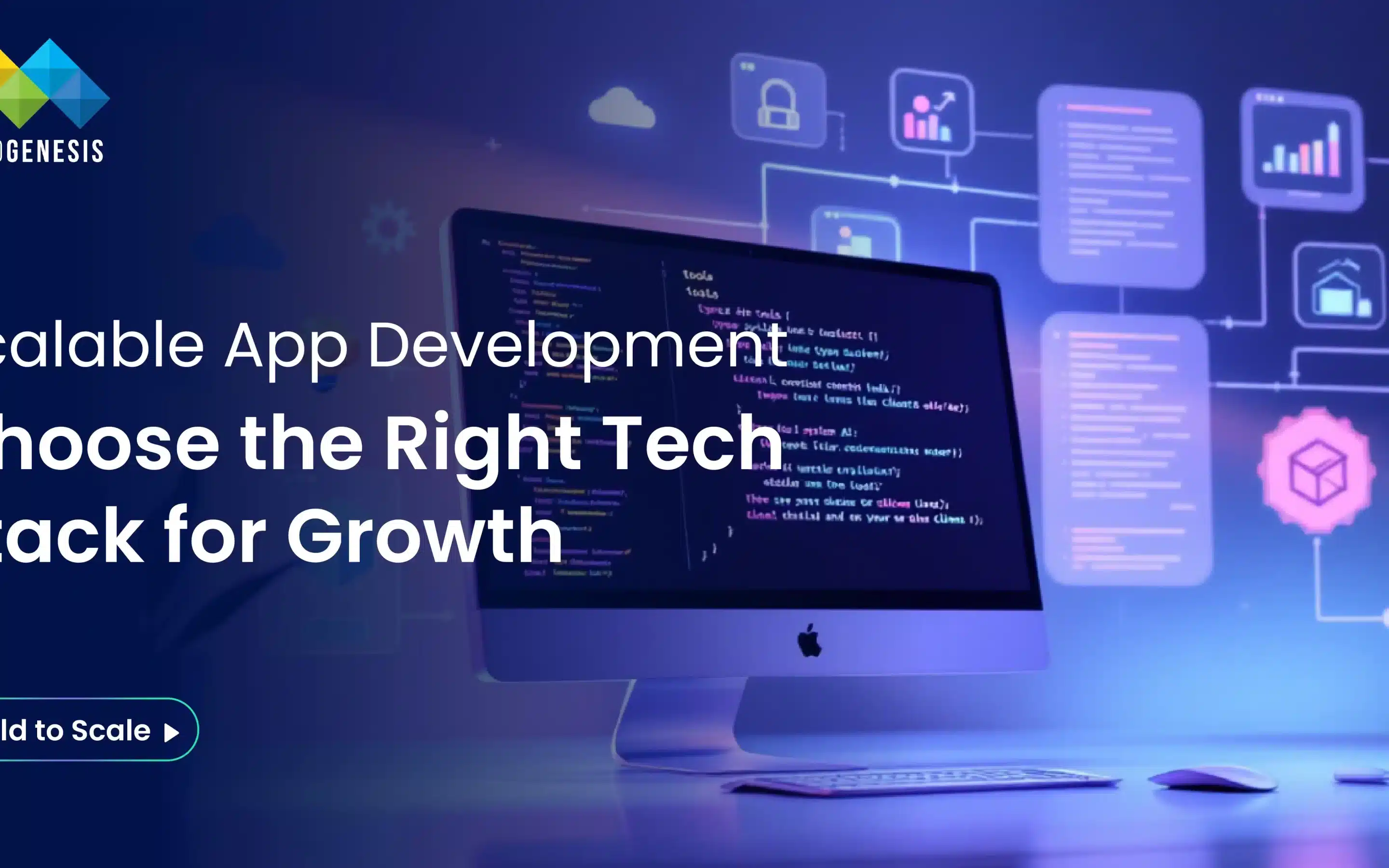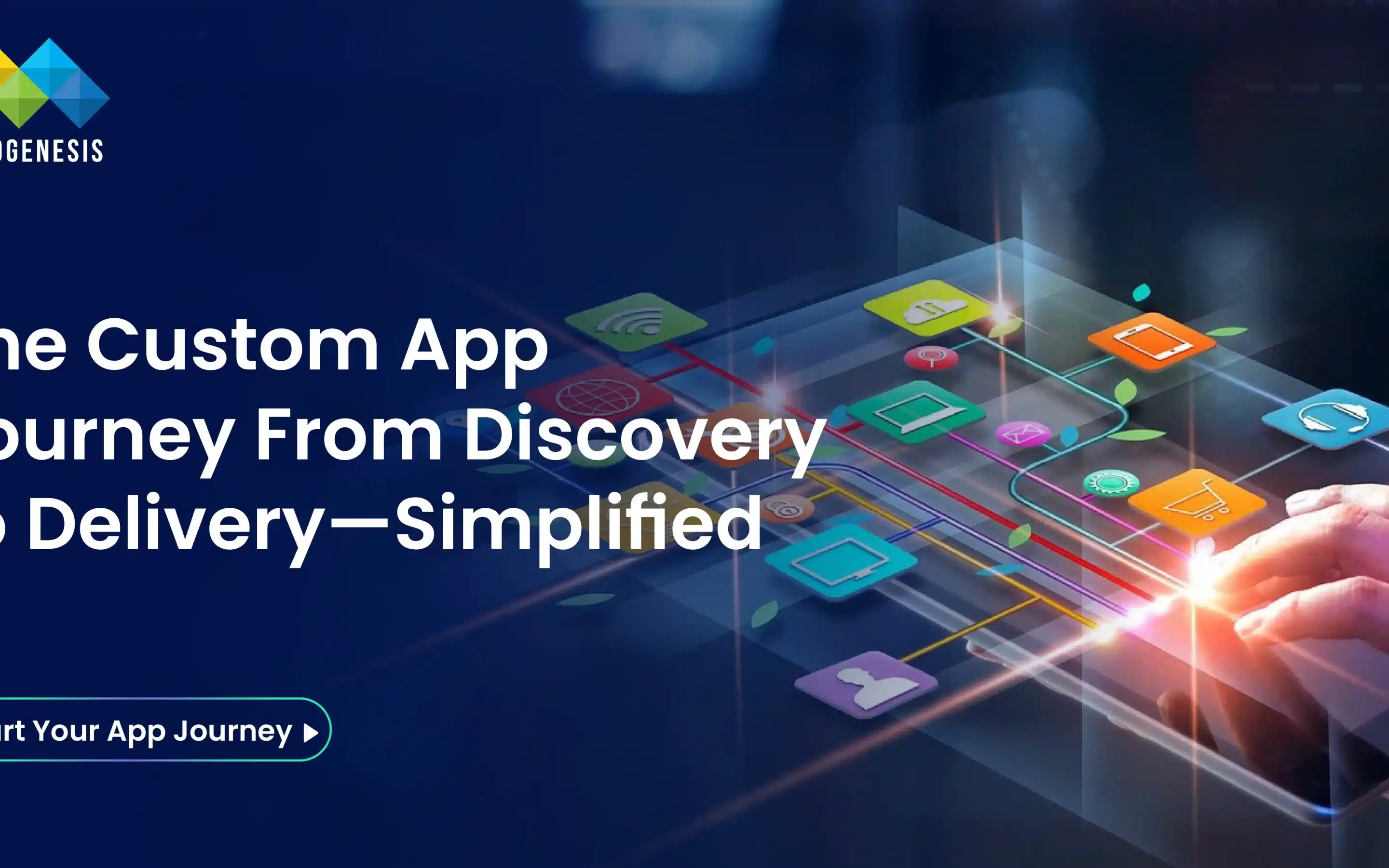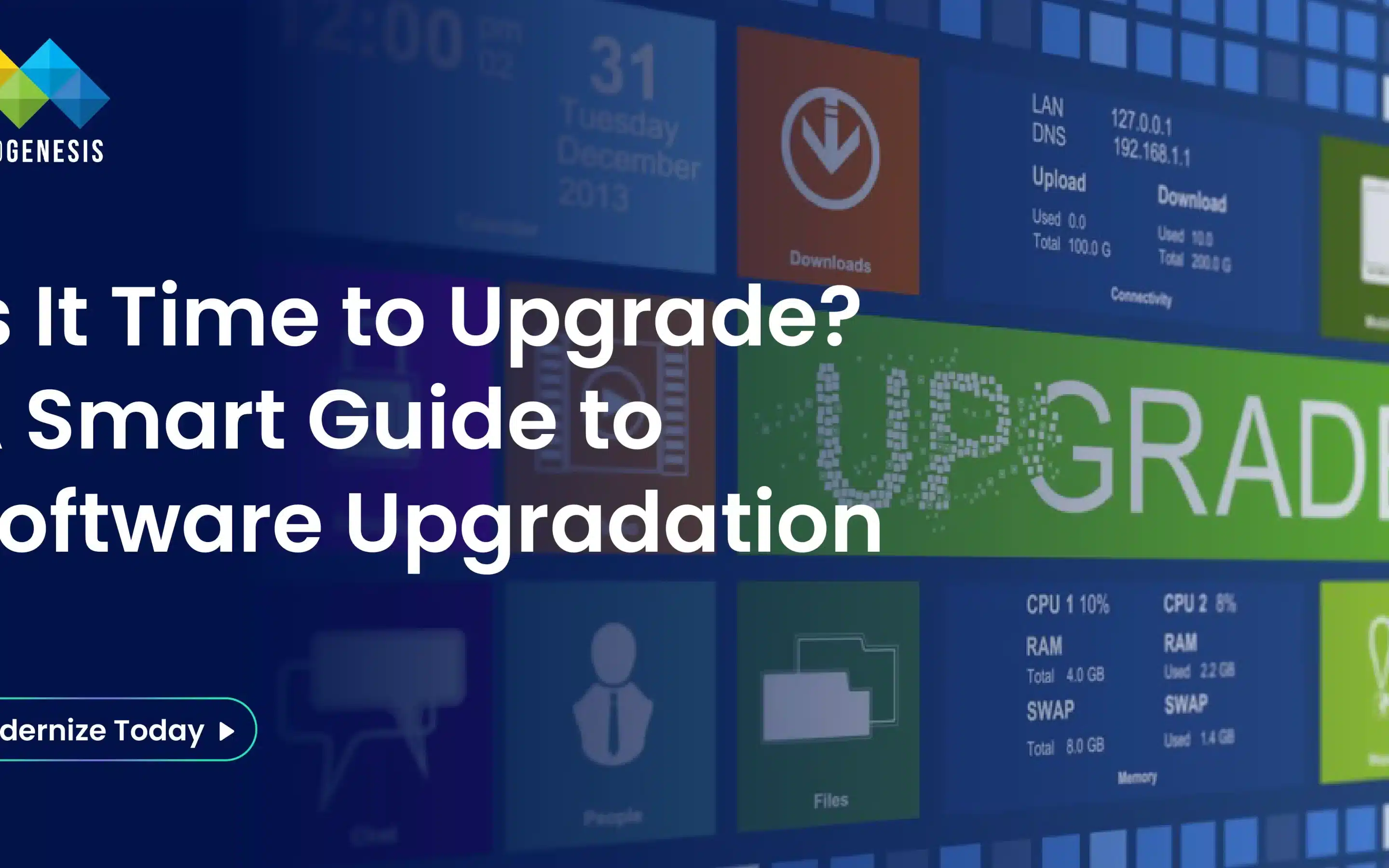Legacy systems—while once mission-critical—can become barriers to innovation and growth when left unmaintained or outdated. These aging platforms are often difficult to scale, costly to maintain, and risky in terms of security and compliance. As digital transformation accelerates, organizations must consider legacy system modernization as a strategic investment, not just a technical fix.
This comprehensive guide outlines the key steps to modernize legacy systems, ensuring that your organization stays agile, secure, and future-ready through effective software upgradation.
What Is Legacy System Modernization?
Legacy system modernization is the process of upgrading or transforming outdated software applications, architectures, and platforms to align with modern technologies, business needs, and performance expectations.
Common modernization goals include:
- Improving performance and scalability
- Enhancing security and compliance
- Supporting cloud-native deployment
- Enabling better user experiences
- Reducing operational and maintenance costs
Modernization can take many forms—from rehosting and replatforming to complete reengineering.
Why Legacy System Modernization Matters
1. Rising Operational Costs
Maintaining old systems often requires niche expertise, manual processes, and frequent patches. Over time, TCO (total cost of ownership) skyrockets.
2. Security Vulnerabilities
Legacy applications often lack up-to-date security protocols, making them easy targets for breaches.
3. Compliance Risks
Outdated systems may not meet evolving regulations like GDPR, HIPAA, or PCI-DSS.
4. Integration Challenges
Connecting legacy systems to modern APIs, mobile apps, or cloud services is often painful or impossible.
5. Poor User Experience
Clunky interfaces, slow load times, and outdated designs affect employee productivity and customer satisfaction.
Key Steps to Legacy System Modernization
1. Assess Your Existing System
Start with a comprehensive audit:
- What technology is being used (languages, databases, frameworks)?
- What are the core business functions it supports?
- What are the performance metrics (uptime, speed, user complaints)?
- How is the system maintained (documentation, support, vendors)?
Outcome: Identify pain points, opportunities, and risks. Create a modernization readiness report.
2. Define Your Modernization Goals
Modernization should be tied to strategic objectives. Examples include:
- Reduce IT support costs by 30%
- Migrate to a scalable cloud platform
- Enable mobile access for remote users
- Improve time-to-market for feature releases
Pro tip: Involve business stakeholders early to ensure alignment with long-term goals.
3. Choose a Modernization Approach
There are several common approaches to software upgradation:
- Rehosting (Lift & Shift): Move the application to modern infrastructure without altering code.
- Replatforming: Make minimal changes while shifting to a new runtime (e.g., from on-prem to AWS).
- Refactoring: Restructure and optimize existing code for modern frameworks.
- Rearchitecting: Redesign the application architecture (e.g., from monolithic to microservices).
- Rebuilding: Rebuild the application from scratch using modern technologies.
- Replacing: Retire the legacy app and implement a new commercial or custom solution.
Tip: Not all systems require the same treatment. You may use multiple approaches across different modules.
4. Design the Target Architecture
Modernized systems should align with modern architectural principles:
- Cloud-native or hybrid cloud
- Service-oriented or microservices-based architecture
- Responsive and accessible UI/UX
- DevOps-enabled CI/CD pipelines
- API-first integration strategy
Choose a technology stack that supports current and future business needs.
5. Build a Migration Plan
Create a phased roadmap that includes:
- Data migration strategies
- Integration touchpoints and dependencies
- Rollout schedules (pilot, parallel run, full deployment)
- Risk mitigation and rollback plans
Assign cross-functional teams including developers, QA, DevOps, and business analysts.
6. Develop, Test, and Validate
Use Agile methodology to incrementally rebuild and test components:
- Sprint planning and demos to maintain transparency
- Unit, regression, and performance testing
- User acceptance testing (UAT) with business users
Focus on early feedback and iterative improvements to reduce risks.
Dig Deeper: Top Custom Software Development Companies: How to Choose a Partner
7. Go Live and Monitor
After rigorous validation, roll out the modernized system:
- Use blue-green deployment or canary releases to minimize disruptions
- Monitor application performance, user behavior, and error rates
- Provide support channels and documentation for smooth transition
Use analytics tools like New Relic, Datadog, or Prometheus to gather real-time insights.
8. Post-Modernization Optimization
Modernization doesn’t end at launch. Continue to:
- Collect user feedback
- Address post-launch bugs or usability issues
- Optimize performance and scalability
- Plan future enhancements and automation
Tools and Technologies for Legacy Modernization
Languages & Frameworks: .NET Core, Java Spring Boot, Angular, React, Node.js
Databases: PostgreSQL, MongoDB, MySQL, Azure Cosmos DB
Cloud Platforms: AWS, Azure, Google Cloud Platform (GCP)
Containerization: Docker, Kubernetes
CI/CD & DevOps: Jenkins, GitLab CI, Terraform, Ansible
Choose technologies that are widely supported, community-driven, and scalable.
Common Challenges and How to Overcome Them
1. Resistance to Change:
Solution: Prioritize change management and stakeholder engagement.
2. Legacy Knowledge Gaps:
Solution: Document current systems before retiring or altering them.
3. Budget Constraints:
Solution: Phase the project over time. Start with high-impact modules.
4. Integration Complexity:
Solution: Use API gateways, middleware, or microservices to simplify integration.
5. Downtime Risks:
Solution: Use backup plans and staged rollouts.
Real-World Example: Modernizing a Legacy HR System
Client: Large Enterprise with 5,000+ employees
Challenge: Legacy HR system built on outdated Java stack with poor usability and no mobile access
Approach: Refactored core modules, migrated to microservices, redesigned frontend with React, deployed to Azure Cloud
Result:
- 60% reduction in HR support tickets
- Improved employee engagement
- Faster processing of payroll and benefits
Conclusion
Legacy system modernization is no longer optional—it’s a critical step toward digital maturity. By following a structured process and aligning your upgrade with business goals, you can reduce risks, lower costs, and unlock innovation.
Partnering with a top IT company and an experienced software upgradation team ensures smooth execution, future-ready architecture, and minimal business disruption
Need help modernizing your legacy systems? Our experts can assess your current stack and recommend a roadmap tailored to your needs. contact us today!




